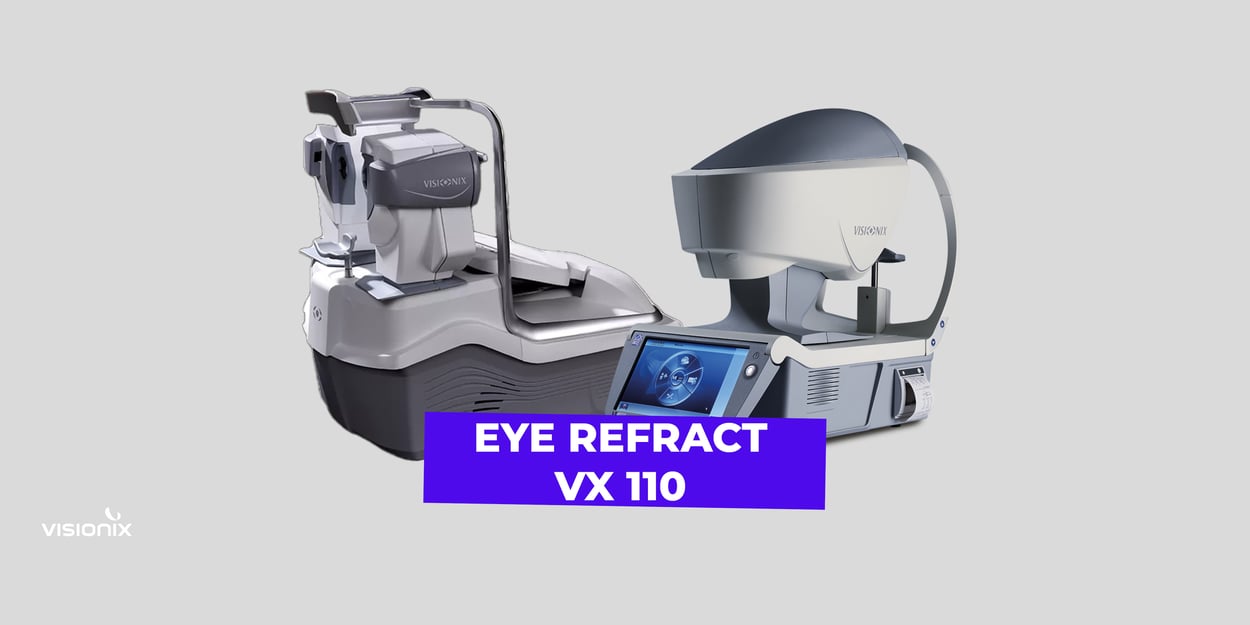Comparison of Two Wavefront Autorefractors: Binocular Open-Field versus Monocular Closed-Field
OPTOMETRY & OPHTHALMOLOGY
The original article was published in Hindawi Journal of Ophthalmology.

Abstract
Purpose: To evaluate the agreement and repeatability between a new commercially available binocular open-field wavefront autorefractor, as part of the Eye Refract system, and a monocular closed-field wavefront autorefractor (VX 110).
Methods: A cross-sectional, randomized, and single-masked study was performed. Ninety-nine eyes of 99 healthy participants (37.22 ± 18.04 years, range 8 to 69 years) were randomly analyzed. Three measurements with the Eye Refract and the VX 110 were taken on three different days, under noncycloplegic conditions. Mean spherical equivalent (MSE), cylindrical vectors (J0 and J45), and binocular corrected distance visual acuity (BCDVA) were compared between both autorefractors. An intersession repeatability analysis was done considering the values of repeatability (Sr) and its 95% limit (r).
Results: The VX 110 showed more negative values (P < 0.001) in terms of MSE in comparison with the Eye Refract (0.20 D). Regarding cylindrical vectors, J45 showed statistically significant differences (P 0.001) between both wavefront autorefractors, but they were not clinically relevant (≤0.05D) In BCDVA, there were no statistically significant differences (P 0.667) between both wavefront autorefractors. Additionally, the Eye Refract was more repeatable than the VX 110 in terms of both MSE (Sr Eye Refract 0.21 D, Sr VX 110 0.53 D) and J0 (Sr Eye Refract 0.12 D, Sr VX110 0.35 D).
Conclusions: The Eye Refract provided enough accuracy and reliability to estimate refractive errors in different age groups, achieving better results than the VX 110. Therefore, the Eye Refract proved to be a useful autorefractor to be incorporated into clinical practice.
